The New International Version (NIV) Bible read by millions was more than five decades in the making. What started as one man’s vision soon became a cross-denominational movement, uniting evangelicals around the dream of a trustworthy, accessible Bible translation for the whole English-speaking world.
One man’s vision for the NIV
Howard Long, an engineer from Seattle, was known for his passion for sharing the gospel and his love for the King James Bible. One day, he tried sharing Scripture with a non-Christian — only to find that the KJV’s 17th-century English didn’t connect.
In 1955, Long embarked on a ten-year quest for a new Bible translation that would faithfully capture the Word of God in contemporary English. Eventually, his denomination, the Christian Reformed Church (CRC), and the National Association of Evangelicals (NAE) embraced his vision for the NIV.
Evangelicals unite for a new Bible translation
In 1965, a cross-denominational gathering of evangelical scholars met near Chicago and agreed to start work on the New International Version. Instead of just updating an existing translation like the KJV, they chose to start from scratch, using the very best manuscripts available in the original Greek, Hebrew, and Aramaic of the Bible.
One year later, their decision was endorsed by a gathering of 80 evangelical ministry leaders and scholars. And so the Committee on Bible Translation (CBT), the self-governing body responsible for the NIV, was born.
A painstaking translation process
To ensure maximum accuracy and readability, the NIV went through perhaps the most rigorous translation process in history. First, each book of the Bible was assigned to a translation team consisting of:
• Two lead translators
• Two translation consultants
• One English style consultant (if necessary)
Then another team of five Bible scholars reviewed their work, carefully comparing it to the original biblical text and assessing its readability. From there, each book went to a general committee of 8 to 12 scholars. As part of the final review, outside critics gave feedback. Samples were tested with pastors, students, and laypeople.
Perhaps no other Bible translation has gone through a more thorough process to ensure accuracy and readability.
From dream to reality
In 1968, Biblica (then the New York Bible Society) came on board as the NIV’s financial sponsor, mortgaging its office space in Manhattan and New Jersey so that Howard Long’s dream of a trustworthy, accessible Bible translation would become reality.
Ten years later, the full NIV Bible was published. The initial print run of over a million copies sold out before they were even done printing. Such was the demand for an accurate, readable Bible. Dozens of evangelical denominations, churches, and seminaries embraced the NIV as their official Bible translation for preaching, study, public reading, and personal use.
The translation work goes on
The translators’ work didn’t end when the NIV was published in 1978. The original mandate, given in 1965, was to continue the work of Bible translation, ensuring that the NIV always reflects the very best of biblical scholarship and contemporary English.
The Committee on Bible Translation still meets every year, reviewing the work in painstaking detail — because when translating God’s inspired Word, it’s all about getting the words right.





